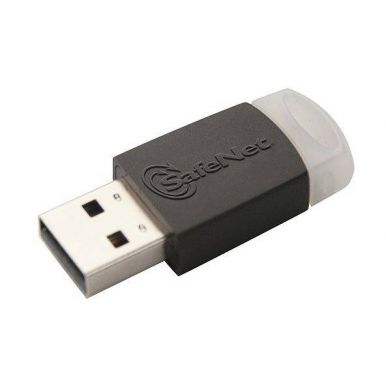
Type 3 – Something You Are – includes any part of the human body that can be offered for verification, such as fingerprints, palm scanning, facial recognition, retina scans, iris scans, and voice verification.īy combining two or three factors from these three categories, a multi-factor authentication is crafted.(A token device produces a time-based PIN or can compute a response from a challenge number issued by the server.). Type 2 – Something You Have – includes all items that are physical objects, such as keys, smart phones, smart cards, USB drives, and token devices.Anything that you can remember and then type, say, do, perform, or otherwise recall when needed falls into this category. Type 1 – Something You Know – includes passwords, PINs, combinations, code words, or secret handshakes.There are generally three recognized types of authentication factors: What are the types of multi-factor authentication? MFA helps keep protect your data (email, financial accounts, health records, etc.) or assets by adding an extra layer of security.

Multi-factor authentication (MFA) is a method of logon verification where at least two different factors of proof are required. MFA is also referred to as 2FA, which stands for two-factor authentication.


 0 kommentar(er)
0 kommentar(er)
